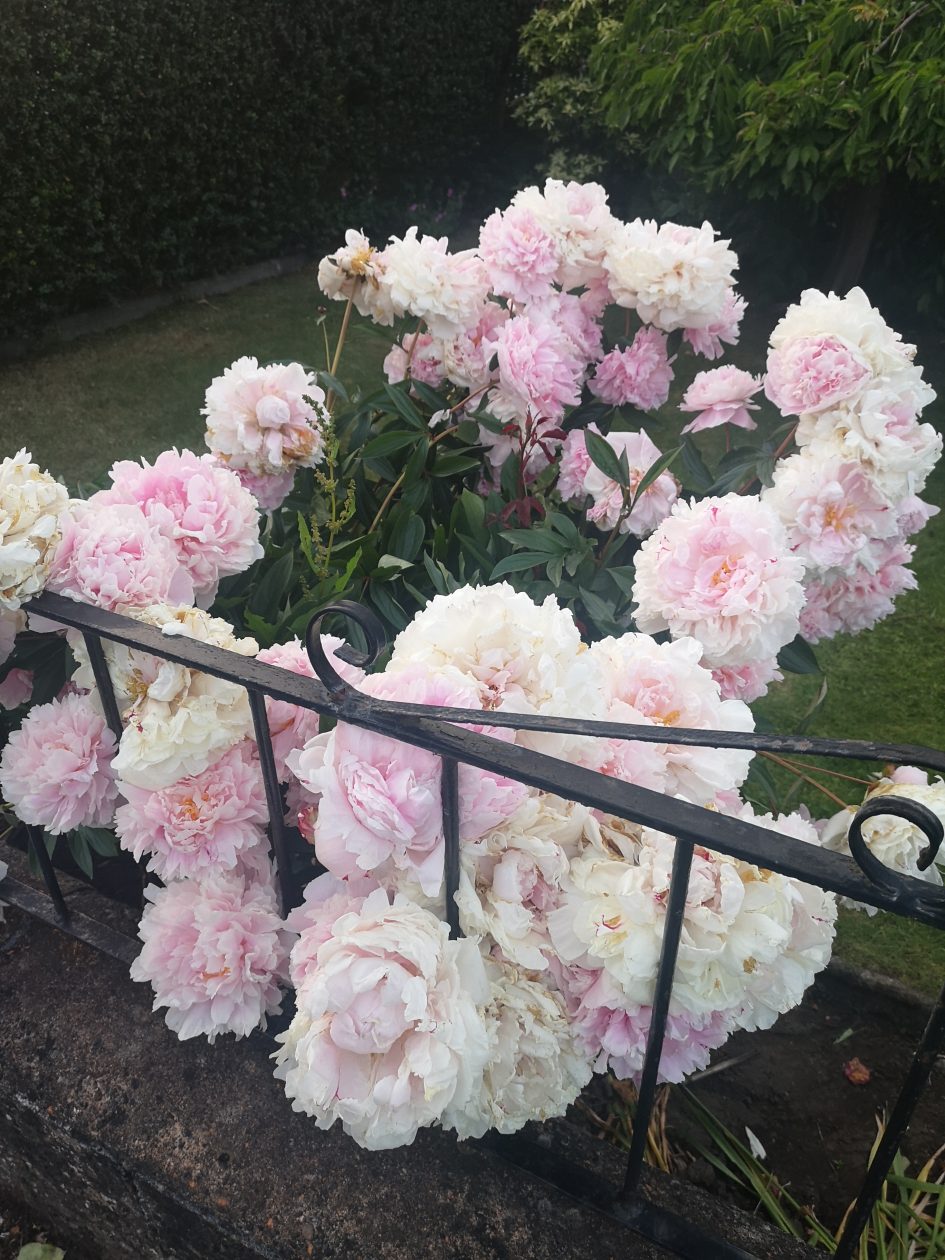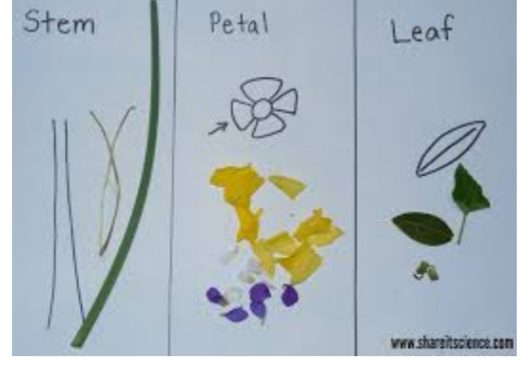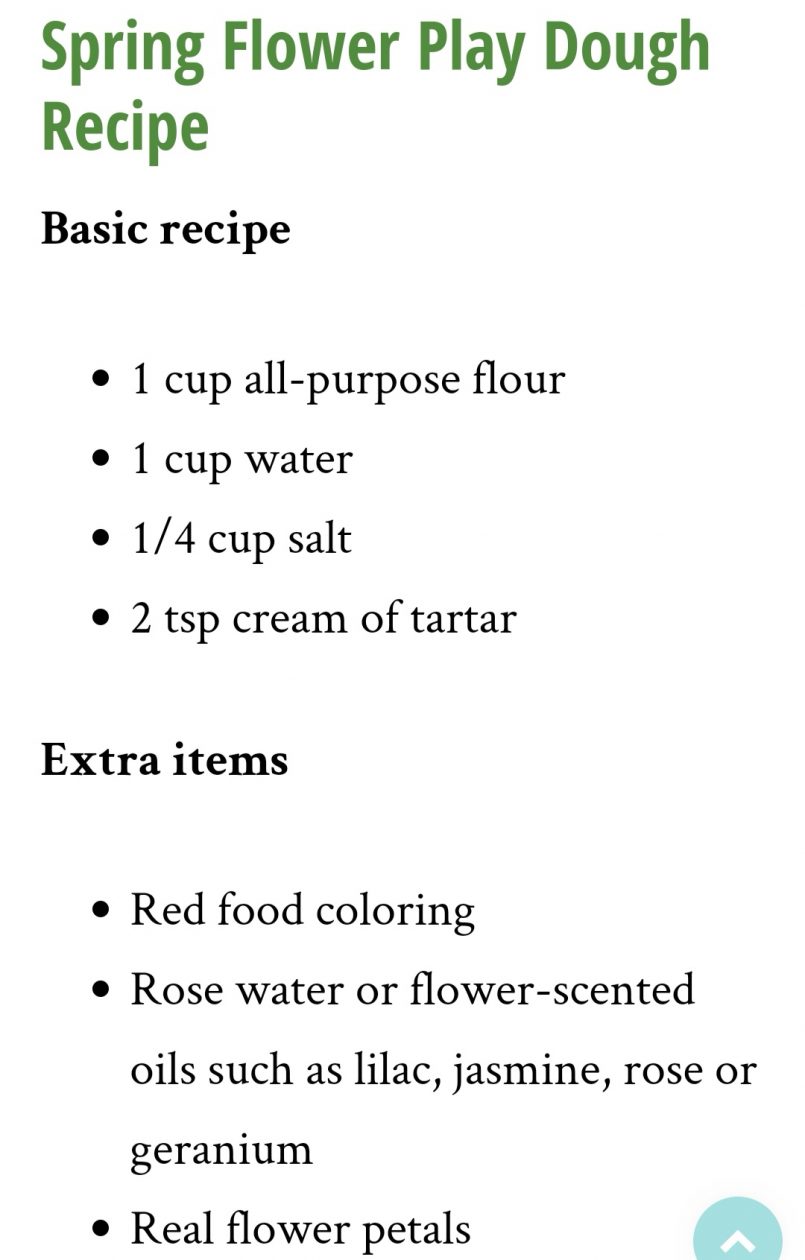Good morning!
Lots of us in nursery – adults too – are fascinated by living things. Some of you have recently seen caterpillars develop into butterflies and grown your own strawberries! Today’s post is inspired by more living things – flowers!
- Look in your garden or go for a walk. Can you spot flowers in every colour of the rainbow? Can you take photos of them? Which colour were there most/fewest of? Which did you like best? I have lots of different flowers in my garden but here are two I really liked on my walk last night. Do you like them too?
With an adult’s permission and without destroying the plant, you could remove some flowers and other parts of the plant to try the following:
2. Get a clean plastic tub and place some flowers and other natural items in it. Fill with water then freeze. Remove and enjoy a frozen flower picture. Then make predictions about how long it will take to melt. Use a watch, clock or timer to measure this. Was your estimate close?
3. Lay some flowers between two sheets of paper then place this ‘flower sandwich’ between two heavy books or other items. Leave for a few days at least then open up and see what has happened. Maybe you could frame your pressed flower picture.
4. Explore the different parts of a plant – root, stalk/stem, leaves, petals – by looking at real plants. Maybe you could look at more than one little plant (parents, unwanted weeds are good to pull up for this) and sort all the different parts.
5. Make some petal play dough:
6. Buy some white carnations or chrysanthemums. Cut the ends off the stems and place in water dyed with food colouring. Talk about how plants need water and that this travels up the stem. Make predictions about what might happen. Leave for a few days and make daily observations.
7. Practise some estimating and counting. In the garden or park, find a grassy area with a few flowers popping through. Throw down a hoop or another kind of ‘frame’. Estimate how many daises/dandelions etc are within the frame then count to check.
8. Make some floral images using different art techniques. Some people will be marking Fathers’ Day on Sunday. Maybe you could make something for your dad or another special person in your family.
9. Find a story or a factual book about plants and flowers and read it together. When you are looking at your book can you spot….the front cover? The back cover? The spine? The blurb? The author/illustrator names?
10. Do you know how seeds grow into plants? Watch and listen for facts and new words.
























